U.S. Midsize Pickup Truck Market Share Is at a Nine-Year High, Just In Time for a New Ford Ranger
Just ahead of the launch of a new Ford Ranger, production of which began earlier this month, midsize trucks’ share of the overall U.S. pickup truck market is up to a respectable nine-year high.
Thanks to significant year-over-year improvements from the two top sellers in the segment plus meaningful increases from the third and fourth-ranked midsize pickups, category-wide volume has grown by more than 60,000 units during the first nine months of 2018. Compared with the same period in 2017, volume in the much larger full-size pickup truck segment hasn’t even grown by half that much.
If you’re a pickup truck buyer, you remain far more likely to acquire a full-size F-150, Silverado, Ram, Sierra, Tundra, or Titan than a Tacoma, Colorado, Frontier, Canyon, or Ridgeline. But the slice of the pie afforded to the five-strong midsize sector is above 18 percent for the first time since 2009.
Could the new Ford Ranger push midsize trucks over the one-fifth mark for the first time since 2006?
It certainly seems likely. Through the first three quarters of 2018, a mere 3,800 extra midsize pickup truck sales per month would be sufficient to drive the sub-sector’s share of the truck market above 20 percent, a tipping point that could give inactive manufacturers itchy feet.
For a reborn Ranger, 3,800 monthly sales seems an easy target despite the truck’s soaring MSRPs. (A base Ranger starts above $25K.) But where will the Ranger’s sales come from? After all, as Steph Willems already reported, Ford doesn’t believe the Ranger will steal customers away from the F-150. What the Ranger adds to the midsize sector it may simply be taking away from the Tacoma, Colorado, Canyon, Frontier, and Ridgeline.
The well from which the Ranger will draw remains to be fully understood. In the lead-up to the Ford’s arrival, however, it’s increasingly clear that Americans are steadily more interested in midsize trucks at large. Only a year ago, we noted the level at which midsize truck market share had plateaued. After perking up in 2016 with the arrival of a new Tacoma, U.S. midsize pickup truck market share declined in 2017, not a particularly welcome environment for the Ranger. Indeed, since the recession, the midsize sector’s share of the pickup truck market averaged just 14.2 percent, annually.
TruckOct. 2018 YTDOct. 2017 YTD% ChangeToyota Tacoma183,909147,42124.8%Chevrolet Colorado104,83883,03426.3%Nissan Frontier59,57455,2087.9%GMC Canyon25,27323,2698.6%Honda Ridgeline22,80426,576-14.2%————Total396,398335,50818.1%2018 is telling a different story. With improved availability, Toyota Tacoma sales are booming. With one-quarter of 2018 remaining, Toyota has already reported more Tacoma sales than in any full calendar year prior to 2016. Toyota may well sell 250,000 Tacomas in America in 2018, having never topped 200,000 annual sales in the nameplate’s history.
At General Motors, where early forecasts suggested the Colorado and Canyon could combine for 100,000-130,000 annual sales, the Colorado alone has already generated more than 100,000 sales in 2018. And GM still has a quarter of the year – plus the Colorado’s twin – to count.
After suffering a noticeable decline in 2017, Nissan Frontier volume is once again on the rise. For just the second time since 2001, Nissan is on track for more than 80,000 Frontier sales in 2018. 2019 will be the current Frontier’s 15th model year.
Honda, meanwhile, plugs along with the second-generation Ridgeline, neither experiencing the highs nor the lows of the first-generation Ridgeline, at least not yet. 2018 will be just the second full year for the current Ridgeline. Incidentally, year No.2 for the first Ridgeline produced a 14.7-percent decline, very much in line with the decline experienced by the current Ridgeline in its second year.
The Ridgeline, of course, is the exception to the rule (in so many ways.) Midsize truck sales are rising fast even as full-size pickup truck momentum slows. After more than a decade of disappearances and disappointment, Americans will acquire substantially more than half a million non-full-size trucks in 2018, a feat not accomplished since 2007, when current nameplates battled with the Suzuki Equator, Mitsubishi Raider, Mazda B-Series, Isuzu i-Series, and Dodge Dakota.
Long may competition reign.
[Images: Ford, GM, Toyota]
Timothy Cain is a contributing analyst at The Truth About Cars and Driving.ca and the founder and former editor of GoodCarBadCar.net. Follow on Twitter @timcaincars and Instagram.
More by Timothy Cain
Latest Car Reviews
Read moreLatest Product Reviews
Read moreRecent Comments
- Zerofoo No, I won't miss this Chevrolet Malibu. It's a completely forgettable car. Who in their right mind would choose this over a V8 powered charger at the rental counter? Even the V6 charger is a far better drive.
- Offbeat Oddity Nope, I won't miss it. I loved the 2008-2012 Malibu, but the subsequent generations couldn't hold a candle to it. I think the Impala was much more compelling at the end.
- Zerofoo An almost 5000 pound hot hatch that fell out of the ugly tree and hit every branch on the way down? No thanks.
- Tassos Jong-iL This would still be a very nice car in North Korea.
- Jeff One less option will be available for an affordable midsize sedan. Not much can be done about GM discontinuing the Malibu. GM, Ford, and Stellantis have been discontinuing cars for the most part to focus on pickups, crossovers, and suvs. Many buyers that don't want trucks or truck like vehicles have moved onto Japanese and South Korean brands. Meanwhile large pickups and suvs continue to pile up on dealer lots with some dealers still adding market adjustments to the stickers. Even Toyota dealers have growing inventories of Tundras and Tacomas.



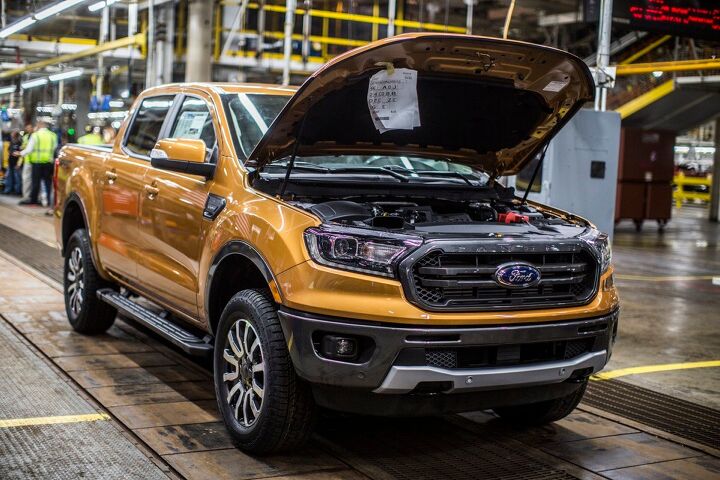
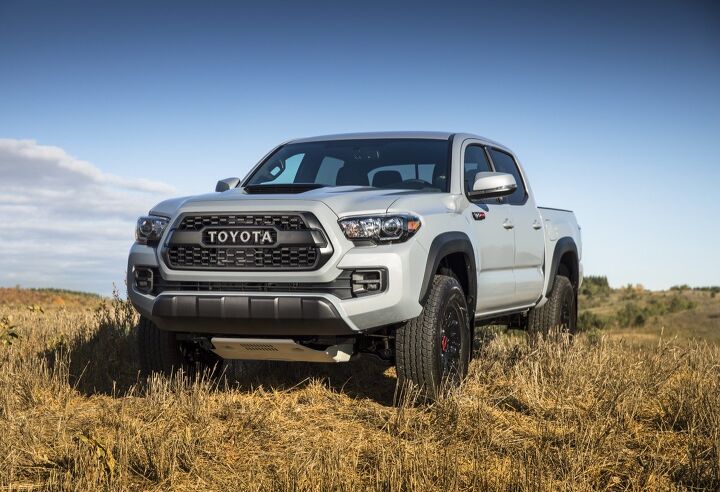













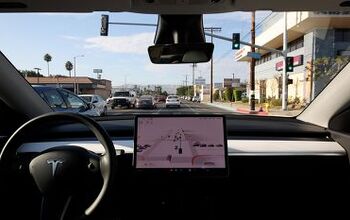
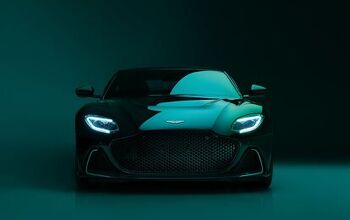
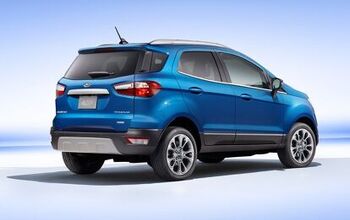
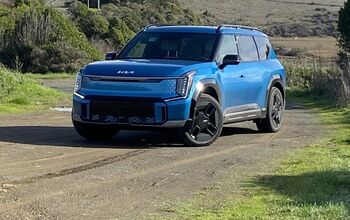

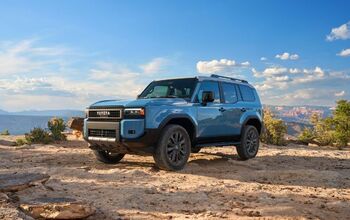
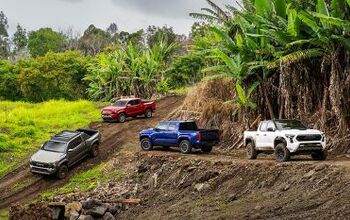
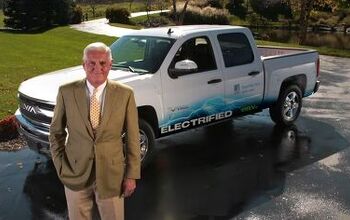
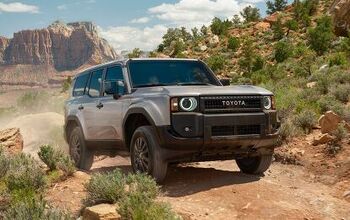
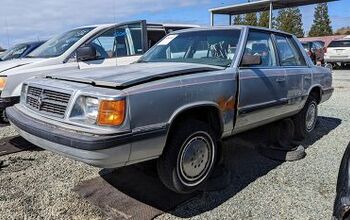
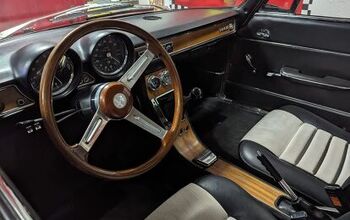
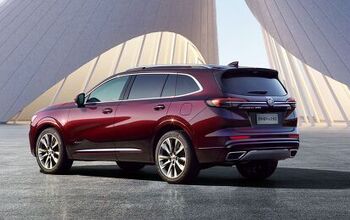
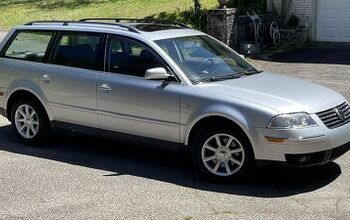
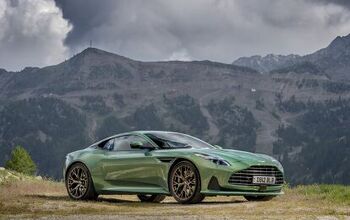
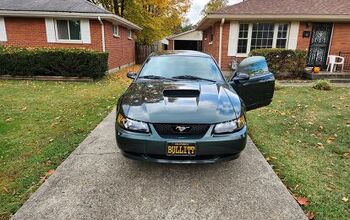
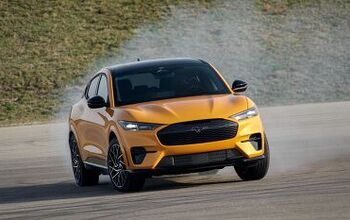
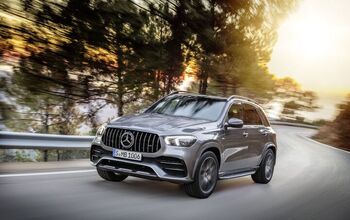
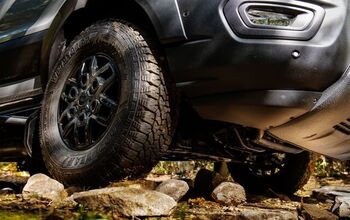
Comments
Join the conversation
People love pickups in 'murica and the Land of Oz. There's one thing I have noticed and I'll call it "Peak Pickup". Peak Pickup has nothing to do with quantity of pickups sold, but to do with capability. I think the US has reached and possibly exceeded Peak Pickup. There is a market for pickups that can tow huge loads. We have US pickups in Australia and people buy them as toys, to tow toys. We also have people who only need to tow tows that is just to large for a car to handle. The US is no different. I think the majority of daily driving pickup owners have little need to tow 10 000 or even 7 000lbs, like Australia, but, we do have people who want to tow that much. Now, comes along the global midsizer, a very capable vehicle for it's size rivalling half ton pickups in capability and exceeds them off road and is overall large enough for the average fat ass Aussie or 'murican and his obese wife and 1.643 children to go to the beach, camping, fishing and tow a boat, off roading, etc. Fortunately the 'murica doesn't get our midsizers that can tow nearly 8 000lbs and carry on average 2 500lbs or more. I think Peak Pickup Capability has reached it's limit for the average Joe and the new midsizer can do pretty much what an average 'murican half ton did a decade or so ago and do it cheaper. The new midsizers are not the midsizers or compact pickups of old, they are refined, have some decent grunt and are cheaper than a fullsize half ton to do the job, quite capably. (The new midsize will not overtake the 'murican half ton. 'murican half ton will only be challenged if cheap imports come into the US (ie, no chicken tax)).
In 1989 Mazda looked around and said, "Why is no one building an affordable, fun sports car?" The MX-5 was born. Someone in the industry should take a similar look around and ask, "Why is no one building an ACTUALLY compact, affordable, fuel efficient, inexpensive truck?". Here in Canada all these "mid-size" trucks start north of $30,000 and the ones people actually buy are north of $40,000. Crazy. Come on Mazda, do it again. Put the 2.5L normally aspirated SKYACTIV under the hood of a new B-Series truck that's compact, lightweight, offers a true base equipment package that Canadians can buy for $25,000 and Americans can buy for $3.74.